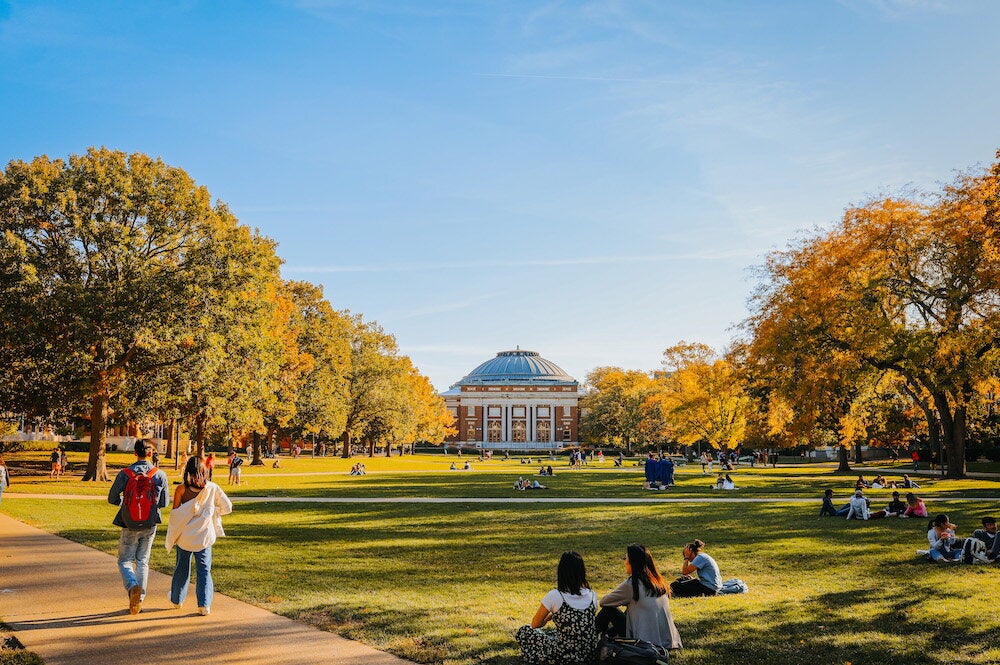

It’s an idea that sounds radical and impractical to many who hear it: We should defund, dismantle or even abolish the police. But it quickly entered mainstream discussion following the death of George Floyd in the custody of Minneapolis police. A. Naomi Paik is a professor of Asian American studies at the University of Illinois at Urbana-Champaign who studies police and prisons, and co-edited a history journal issue on policing that went online last week.
Whether the intent is partial defunding, a true end to policing as it now exists, or something in between, what are the central ideas driving this?
While many people are hearing it for the first time, the idea of abolishing the police is not new. It has been built over decades by organizers, many of them black feminists. These organizers have amassed research showing that the role of police is not about safety, but about social control in a society that excludes and exploits entire classes of people – black, Indigenous immigrants, workers, and so on.
Their research has also shown how we got here – with massive buildups of policing and incarceration over decades as solutions to seemingly every social problem. These investments have accompanied the massive disinvestment from institutions of shared well-being like public education and public health. Defunding schools has become normal, and health care workers don’t have PPE.
Responding to people who wonder “what about rapists and murderers,” abolitionists note that pouring more resources into policing hasn’t significantly reduced conflict and harm, and police still do not prevent or solve many murders and rapes. We are investing in solutions that don’t work. Modest reforms to reduce police violence, like community policing or body cameras, do not work.
Abolitionists seek to reverse the trend of the last 50 years by divesting from police, which now gobble up ever greater shares of our cities’ budgets. They wish to reinvest those resources into community well-being, which would improve public safety by meeting everyday needs for housing, health care, food, education, and the like – well before a crisis that seemingly requires police intervention. This presence of resources and relationships, not just the absence of harmful institutions like police, is central.
A lodestar for abolitionists is not just about getting rid of police, but of creating a society where police are no longer necessary.
The journal issue looks at alternatives to policing in various times and places through history. What does that history show us?
It shows that a world without police is not shocking. Modern police – institutionalized, quasi-military forces employed by the state – did not emerge until the 19th century. It also illuminates police as fundamentally tied to maintaining social order as defined by unequal power relationships. In the U.S., modern police were born in part from slave patrols that enforced a society built on chattel slavery. In Brazil, police emerged to fight against maroon communities, or “quilombos,” of black and Indigenous people.
History also shows concrete ways people have lived together without police. Examples from medieval England show how ground-level community relations mitigated the harsh retributions demanded by elites to control theft. Even after the emergence of modern police, people in contingent times and places carved out social relations that did not require and even opposed formal police.
In colonial India, for example, rural communities evaded British police forces, much to the colonizers’ frustration. They instead relied on preexisting systems of trackers and communal justice to deal with the problem of cattle theft.
The quilombo communities in Brazil were living together, not without social conflicts, but without police. But their existence beyond state control made them a target for police destruction. Even as the police continue to target black and Indigenous Brazilians, the legacy of quilombos continues in the activist organizing creating a world without police, like that of Reaja ou sera Morto/a.
The protests in response to Floyd’s death have been global. Why do you think that’s significant?
Problems of policing are not isolated to the U.S. They are a global problem. The multitudes of people protesting worldwide are grieving and raging against the murders of George Floyd and so many others in the U.S., as well as those in their own countries. As here, those victims have come from disempowered and oppressed communities – black, Indigenous, Arab, Asian, Muslim, noncitizens, and asylum seekers.
As here, the people subjected to policing in many of these countries have inherited legacies of colonialism, worker exploitation and other unequal power relationships, and understand policing as a means of social control used against them. It’s no surprise that as part of these uprisings, we’ve seen statues of slave traders and colonizers in Europe, and of Confederate generals and Christopher Columbus in the U.S., ripped from their pedestals. These actions connect these inherited histories with the police violence many people experience today.


